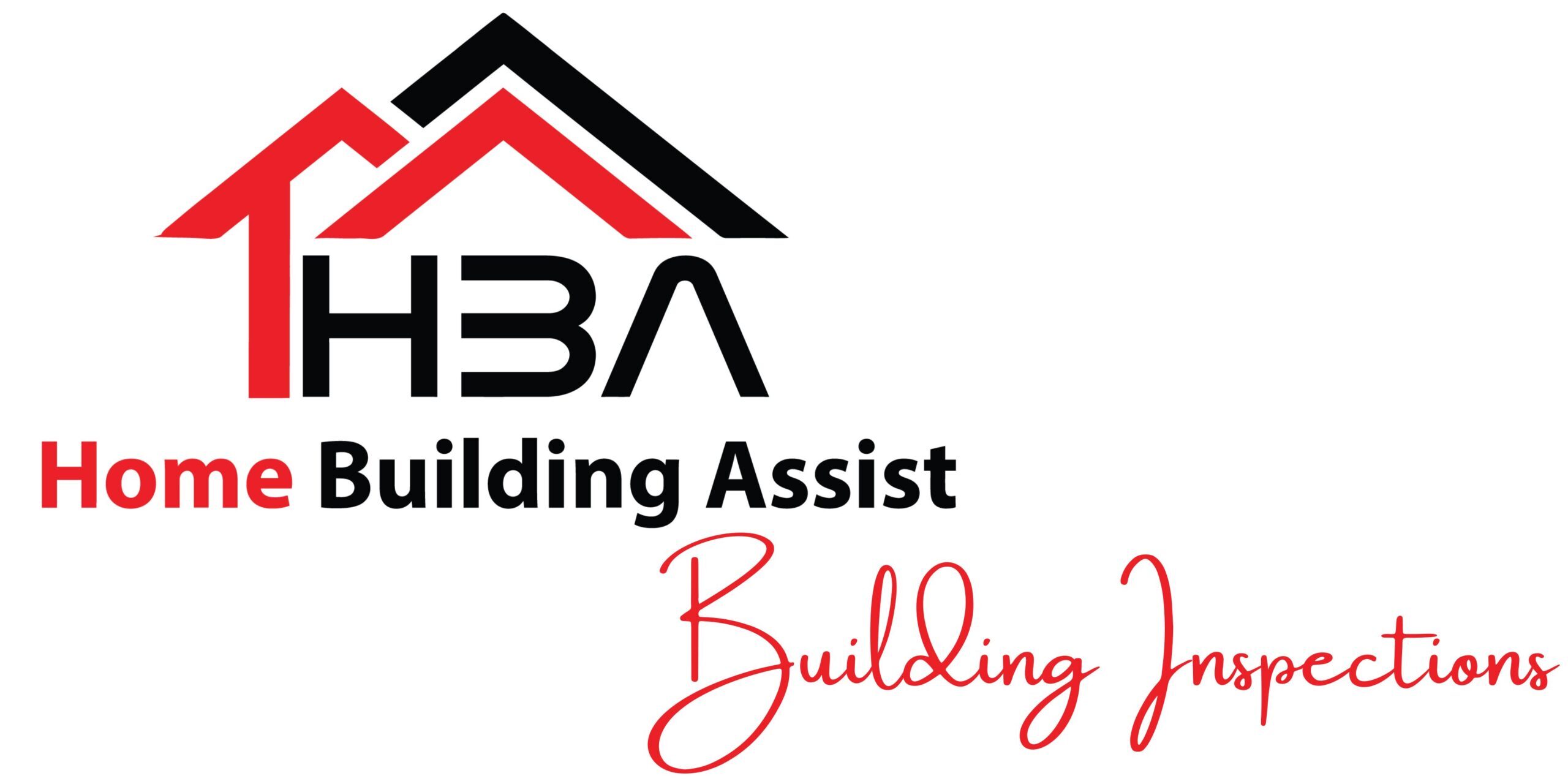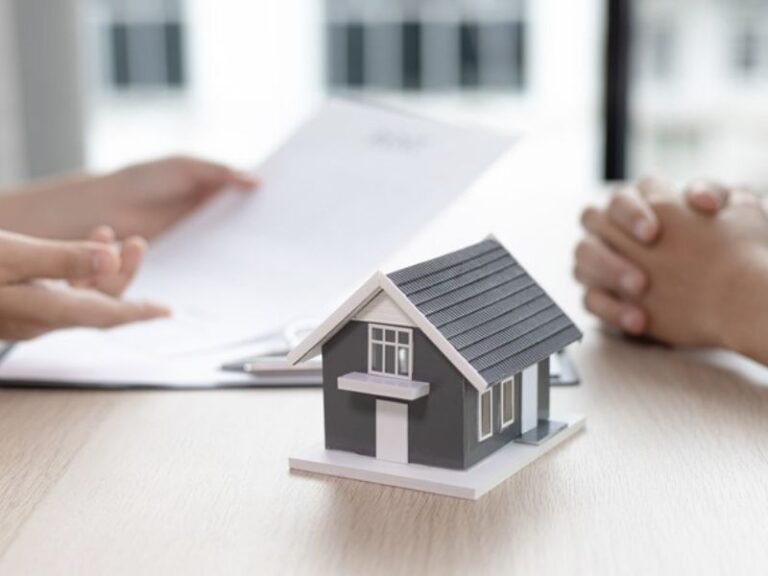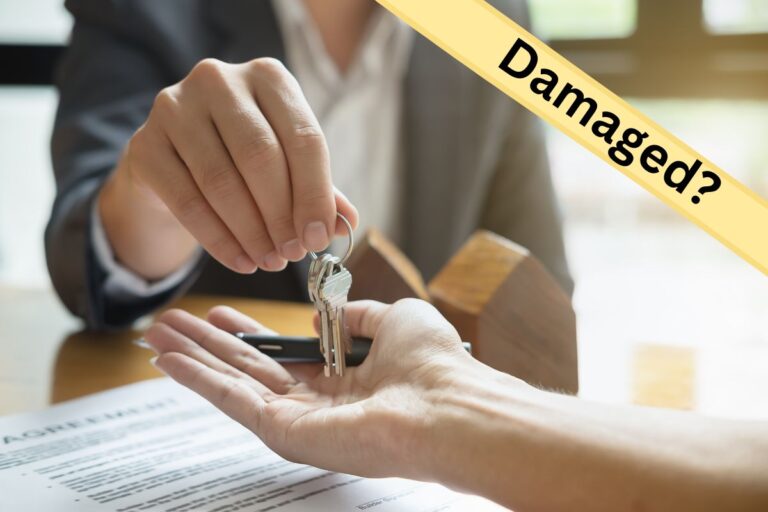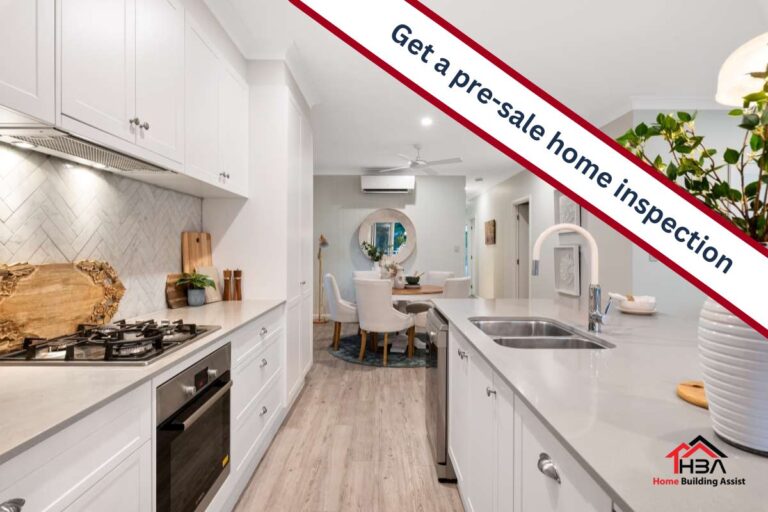What is the standard for pre purchase building inspection reports in Australia?
The standard for pre purchase building inspection reports in Australia is based on the AS 4349.1-2007. This outlines:
What is Covered by a Building Inspector
Australian Standard AS 4349.1—2007, Inspection of buildings,
Part 1: Pre-purchase inspections—
Residential buildings.
This inspection focus on 6 key parts of an existing home to bring to a prospective purchaser
any concerns found during the inspection.
(a) The interior of the building.
(b) The roof space.
(c) The exterior of the building.
(d) The sub-floor space.
(e) The roof exterior.
(f) The property within 30 m of the building subject to inspection.
What is Not Covered by a Building Inspector
Australian Standard 4349.1—2007 clearly defines what the inspection does not cover. These are listed below:
The inspector need not inspect or report on the following:
(a) Footings below ground.
(b) Concealed damp-proof course.
(c) Electrical installations, operation of smoke detectors, light switches and
fittings, TV, sound and communications and security systems.
(d) Concealed plumbing.
(e) Adequacy of roof drainage as installed.
(f) Gas fittings and fixtures.
(g) Airconditioning.
(h) Automatic garage door mechanisms.
(i) Swimming pools and associated filtration and similar equipment.
(j) The operation of fireplaces and solid fuel heaters, including chimneys and flues.
(k) Alarm systems.
(l) Intercom systems.
(m) Soft floor coverings.
(n) Electrical appliances including dishwashers, incinerators, ovens, ducted
vacuum systems.
(o) Paint coatings, except external protective coatings.
(p) Health hazards (e.g., allergies, soil toxicity, lead content, radon, presence of
asbestos or urea formaldehyde).
(q) Timber and metal framing sizes and adequacy.
(r) Concealed tie-downs and bracing.
(s) Timber pest activity.
(t) Other mechanical or electrical equipment (such as gates, inclinators).
(u) Soil conditions.
(v) Control joints.
(w) Sustainable development provisions.
(x) Concealed framing-timbers or any areas concealed by wall linings/sidings.
(y) Landscaping.
(z) Rubbish.
(aa) Floor cover.
(bb) Furniture and accessories.
(cc) Stored items.
(dd) Insulation.
(ee) Environmental matters (e.g. water tanks, BCA Environmental Provisions).
(ff) Energy efficiency.
(gg) Lighting efficiency.

Getting a Pre-purchase Building Inspection – Important to Know
There are both pro’s and con’s to pre-purchase building inspections. What you learn here may shock you but will also give you confidence so you can make the right decision.
Just following the Australian Pre-purchase Building Inspection Standards is not enough, in our opinion. We’ll explain why further in this article.
The Benefits of a Pre-purchase House Inspection
The benefits of getting an inspection is that you can find out the condition of the property prior to making an offer or as part of the contract of sale with a ‘subject to inspection’ clause. Your conveyancer can assist you with this. The benefit is that you can request the team at Home Building Assist provide a pre purchase inspection before you make an offer, should you choose.
Once you have a condition report you can use it as a means to have major defects fixed. Alternatively, you can use it as a bargaining tool to negotiate a price with knowledge of those defects. Or you may want to simply walk away if the building defects are substantial.
Sometimes the home vendor will already have conducted a building inspection. Ask the home-owner if they have already had the home inspected and ask to see the report if they have.
The Risk of a Pre-purchase House Inspection
The downside of building inspections, at least in Victoria, is that building inspectors do not need to have building inspector certification. There’s been a bit of news around this (see the article linked to above) where people have used a home inspector who does not have the necessary experience to spot major defects.
Ensure Your Building Inspector Knows What to Look For During Your Pre-purchase Home Inspection
Our Home Building Assist pre-purchase building inspector is a registered builder with over 30 years experience building residential homes. Some of these homes have been complex – which not all builders are able to undertake.
We have an eye for detail having been through building inspections when finalising our own homes and getting ready to hand them over after they were built.
We have also undertaken the QMB Inspector training even though no certification is required in Victoria. This gives you added peace of mind.
If you have any further question, you are welcome to call us or take a look at our pre-purchase inspections frequently asked questions.
Get in touch and find out if your desired home is worth your investment.







